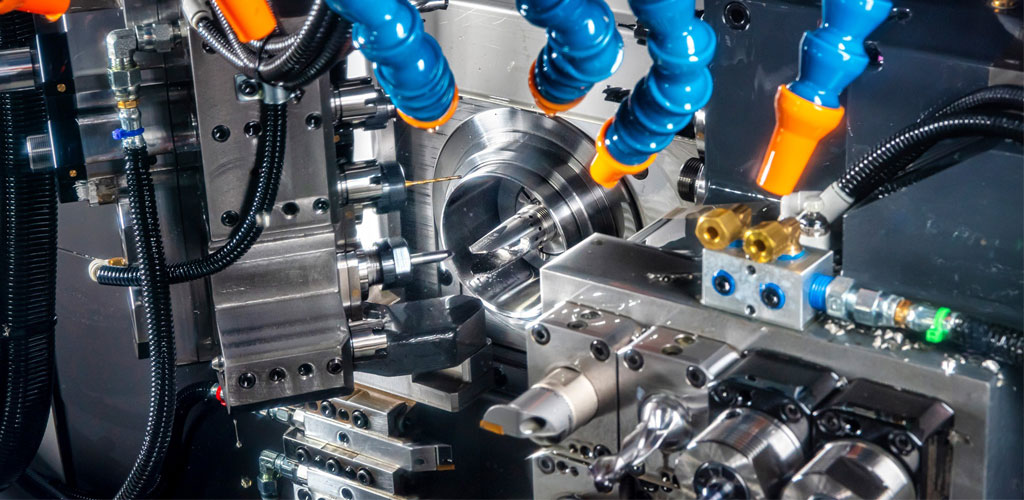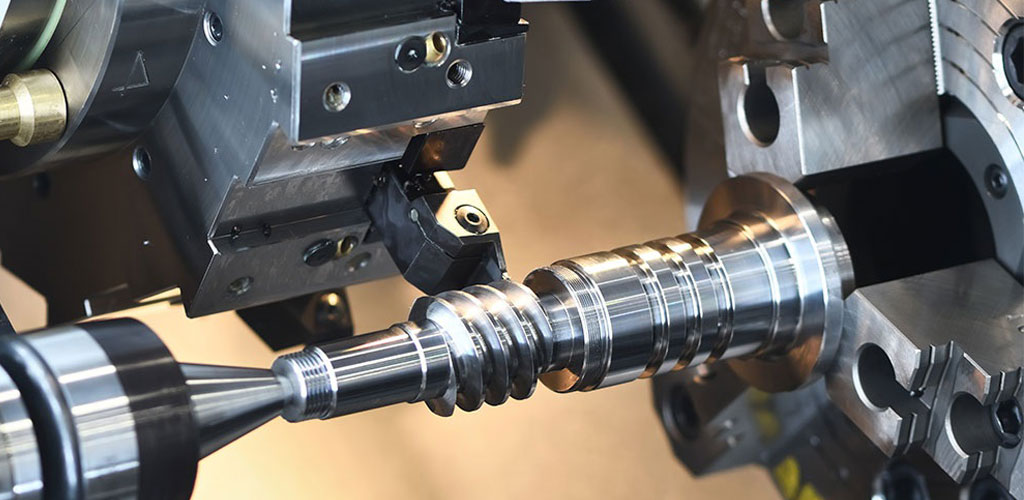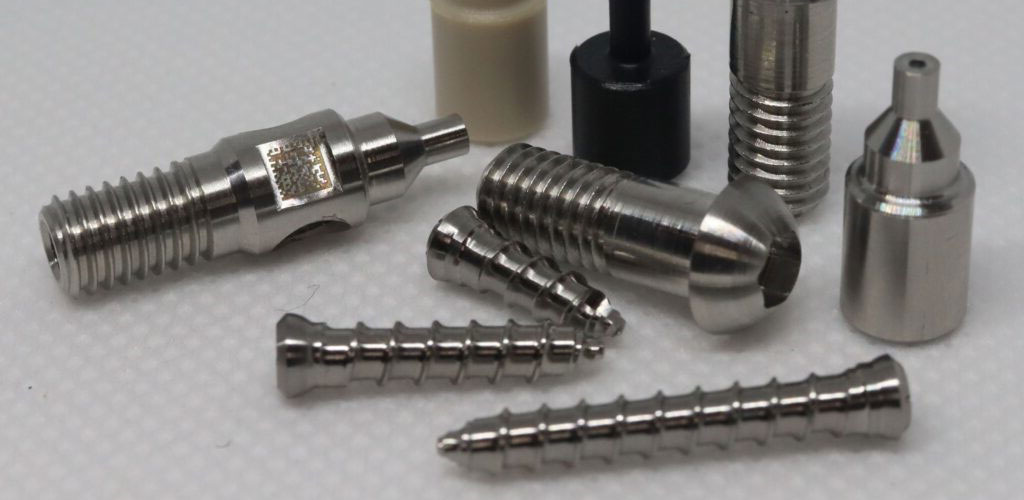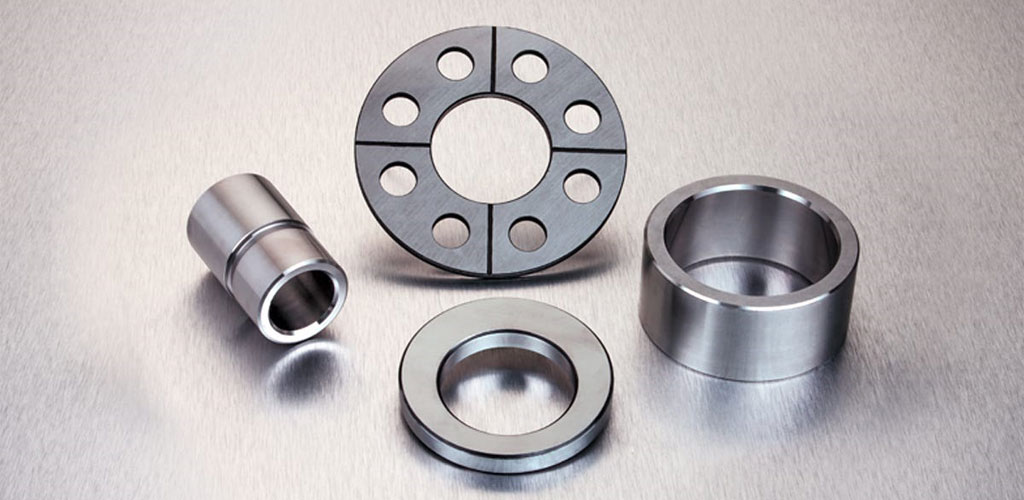CNC (Computer Numerical Control) machining is a staple in modern manufacturing, providing unmatched precision and efficiency for producing complex parts.
However, not all CNC processes are created equal. Two popular forms – Swiss CNC machining and traditional CNC machining, offer distinct advantages and are suited for different types of tasks.
This article explores the differences, advantages, and specific applications of Swiss and traditional CNC machining.
1. What is Swiss CNC Machining?

Swiss machining originated in Switzerland in the late 19th century, it uses a sliding headstock and a guide bushing to produce precision parts.
In the 1950s, the introduction of CNC technology allows for automated control of machine tools.
This transition enables the Swiss CNC machining more complex operations, higher precision, and greater flexibility.
It differs from traditional CNC machines in that they use a sliding headstock. The workpiece moves along the Z-axis while being machined, allowing the tool to cut closer to the point of support. This movement reduces vibrations and increases precision for smaller, elongated parts.
- Key Feature: Sliding headstock with a guide bushing for high precision.
- Workpiece Size: Best for small, cylindrical components, typically under 1.25 inches in diameter.
2. What is Traditional CNC Machining?

Traditional CNC machining includes several processes, such as CNC turning, CNC milling, CNC drilling, and etc, using fixed workpieces and rotating tools to shape the material.
These machining types are extremely versatile, handling a wide variety of materials and shapes and typically producing larger, less intricate parts compared to Swiss machines.
- Key Feature: Fixed workpiece, rotating tools (or the reverse, depending on the process).
- Workpiece Size: Can handle larger and more varied workpieces.
3. Key Differences
3.1 Precision and Tolerances
Swiss CNC machining is renowned for its ability to produce tight tolerances, often as low as ±0.0002 inches. The guide bushing provides stability, minimizing deflection and vibration.
Traditional CNC machining can achieve precise results, but larger parts or complex geometries may lead to slight variations in tolerance due to vibrations or tool wear.
3.2 Part Size and Complexity
Swiss CNC machining is best suited for small, intricate, and long parts, such as medical devices, watch components, or electronics. The sliding headstock allows for simultaneous cutting operations, increasing efficiency.
Traditional CNC machining is more versatile for larger parts or components with broader geometrical variations, such as housings, engine components, or structural parts.
3.3 Number of Operations
Swiss CNC machining is capable of multi-tasking, performing several operations simultaneously on a single part, which reduces cycle times and increases throughput for high-volume production.
Traditional CNC machining often requires multiple setups or operations for complex geometries, which can extend production time, especially for parts requiring multiple cuts and finishes.
3.4 Tooling Configuration
Swiss machines have a more complex tooling system, with multiple tools operating on the workpiece at once. This enables operations like milling, drilling, and turning in one continuous process.
Traditional CNC machines typically employ a more straightforward tooling system, with fewer tools active at any given time, although CNC centers are capable of automatic tool changes during the machining process.
3.5 Material Usage and Chip Control
Swiss CNC machining is optimized for thin materials and small diameters, often leading to less material waste. Its design minimizes chip accumulation, especially when machining longer, slender parts.
While efficient for larger materials, conventional CNC machining may produce more waste, especially when cutting or milling larger workpieces, and chip control can become an issue with certain operations.
4. Advantages of Swiss CNC Machining
- Higher Precision: Achieves incredibly tight tolerances, ideal for small and delicate components.
- Reduced Cycle Times: Simultaneous operations reduce production time.
- Vibration Reduction: Sliding headstock minimizes vibrations, leading to superior surface finishes and accuracy.
- Minimal Secondary Operations: Capable of performing multiple processes without the need for secondary machining.
5. Advantages of Traditional CNC Machining
- Versatility: Can handle a wide range of part sizes, materials, and complexities.
- Flexibility in Processes: CNC turning, milling, and drilling allow for the production of parts across many industries, from aerospace to automotive.
- Cost-Effectiveness for Larger Parts: More economical for larger parts or parts with simpler geometries.
6. Applications
6.1 Swiss CNC Machining Applications

- Medical Devices: Swiss machining is commonly used to create medical components such as bone screws, surgical tools, and implant parts, where precision is paramount.
- Electronics: Produces small connectors and other precision components in high-volume electronics manufacturing.
- Aerospace and Defense: Useful for manufacturing small, high-precision components for aircraft and defense systems.
6.2 Traditional CNC Machining Applications

- Automotive Components: From engine blocks to transmission parts, conventional CNC machines are well-suited for producing durable, large components.
- Aerospace: Large aerospace parts such as brackets, panels, and structural components.
- General Manufacturing: CNC turning and milling produce a wide variety of parts for machinery, tooling, and consumer goods.
7. Choosing the Right Process
Selecting between Swiss CNC machining and traditional CNC machining depends on several factors:
- Size and complexity of the part: Swiss machining is ideal for smaller, intricate parts, while traditional CNC machining works better for larger or less complex components.
- Volume: High-volume production of small parts often benefits from Swiss CNC machining’s simultaneous operation capabilities.
- Precision requirements: If the part requires tight tolerances and fine details, Swiss machining offers better control.
Conclusion
Swiss machining is unbeatable for high-precision, small parts produced in large volumes, while traditional CNC machining provides versatility for a wide range of materials, part sizes, and geometries.

